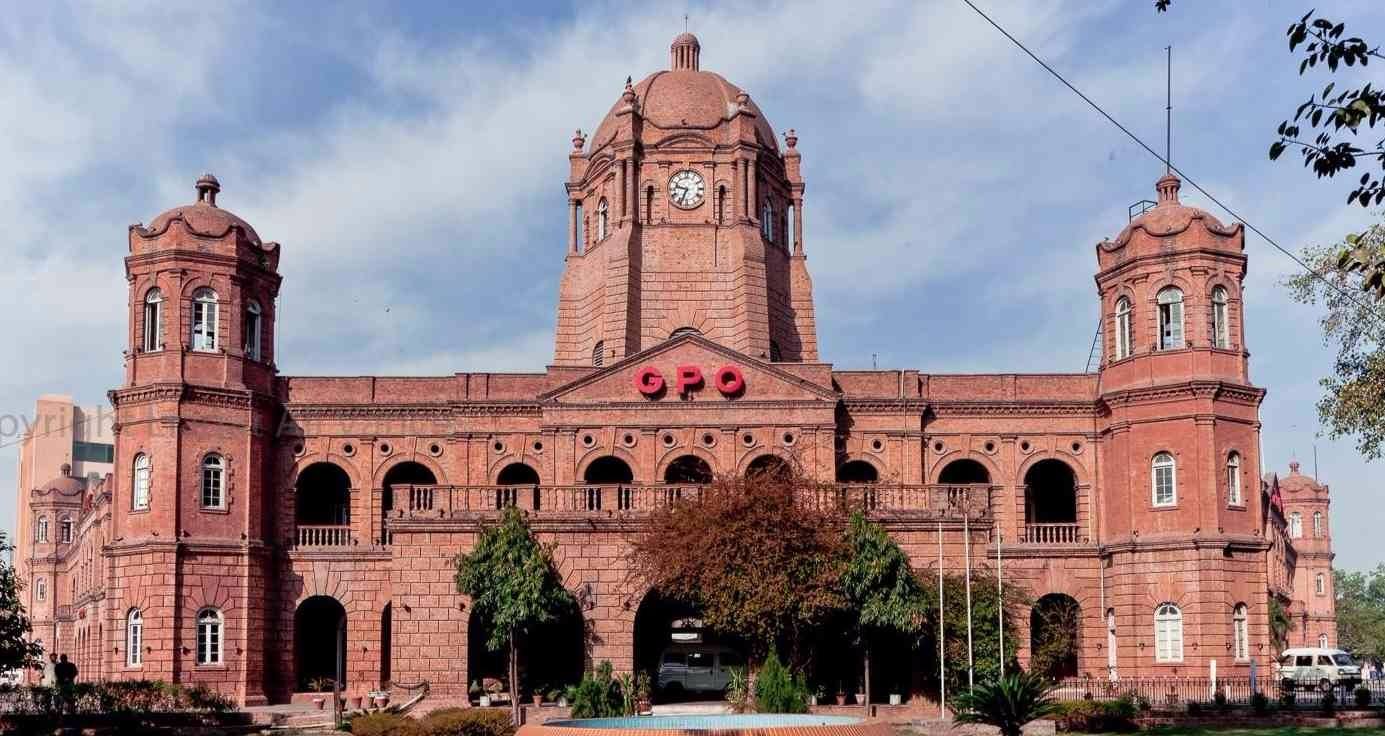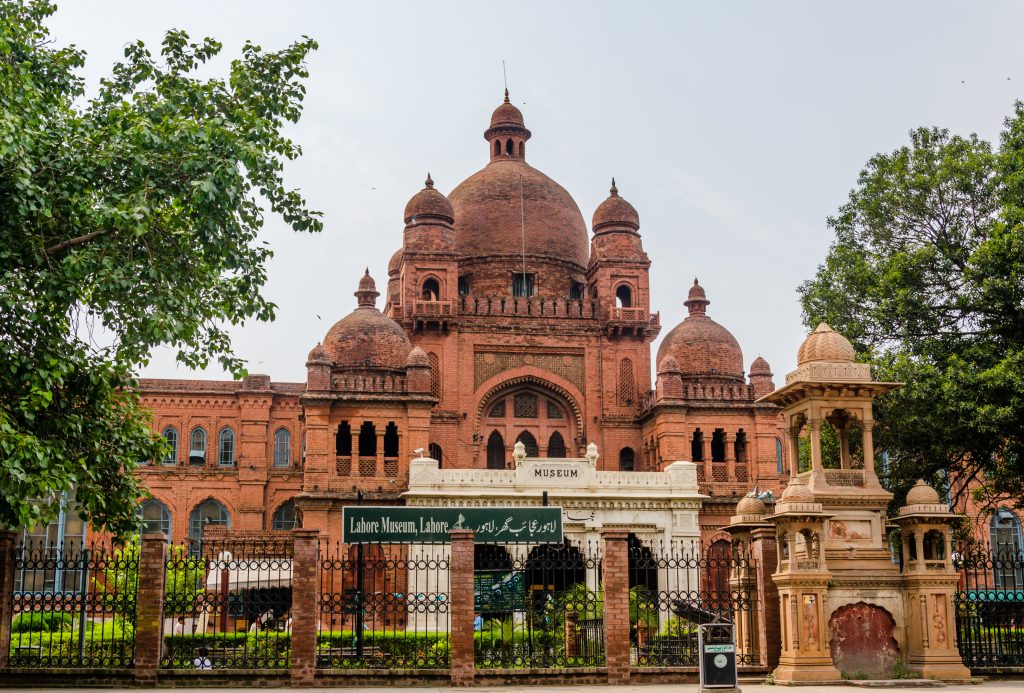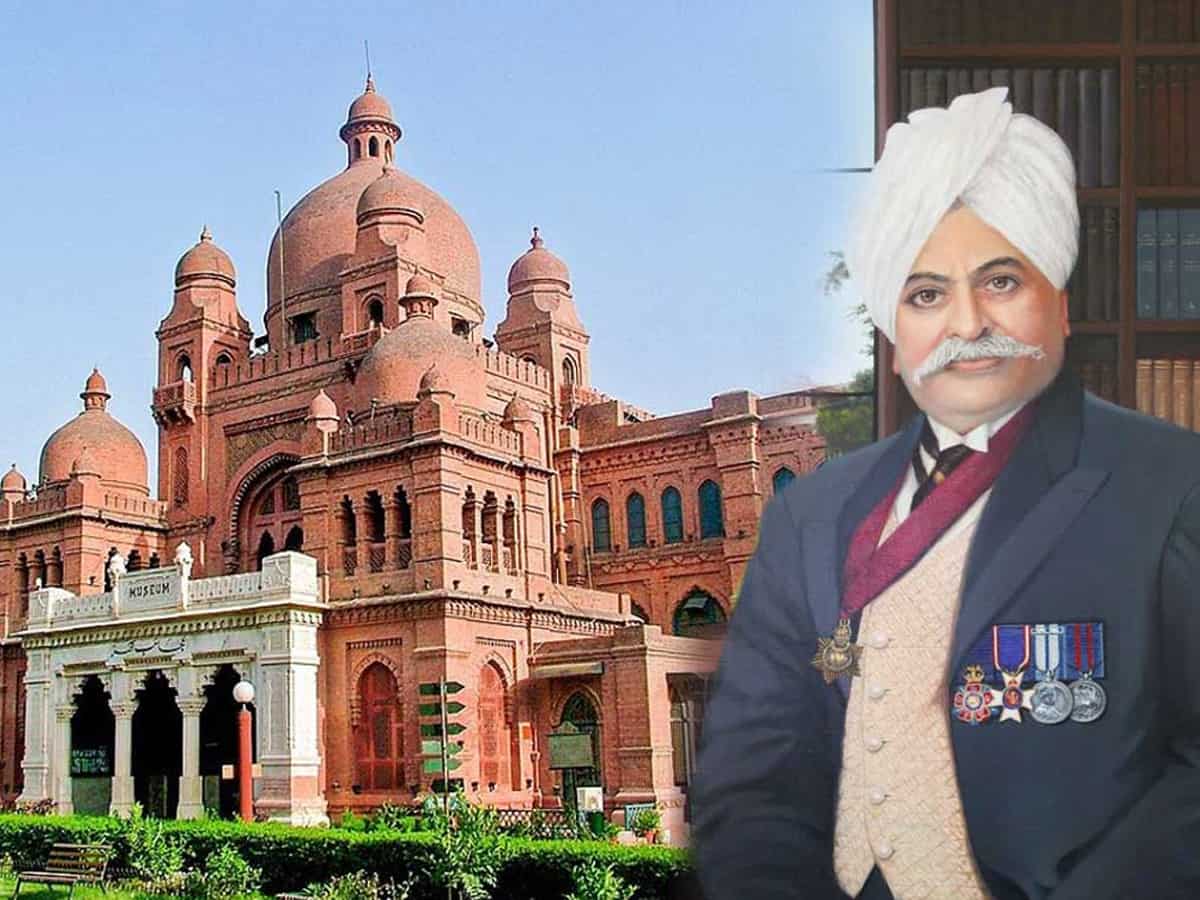The authorities in Pakistan recently announced that the iconic Samadhi of Sir Ganga Ram, famous architect and the builder of most of the iconic edifices of Lahore, has been cleared of encroachments and restored. It will soon be reopened for the public.

If India and Pakistan were to lay exclusive claim to legacies of people based on their religious affiliations, this piece of news should not have its origin from Islamic Pakistan. Sir Ganga Ram was a Hindu and a great soul at that. Major part of his contribution to lend aesthetic touch to the urbanscape in British India lies in Pakistan, and in Lahore, to be specific. The erstwhile capital of the United Punjab went to Pakistan after the subcontinent was divided on religious lines by Lord Radcliffe. The above headlines emanating from across the border are outcome of the realization that Pakistan cannot disown the Hindu legacy when it comes to its past.

Sir Ganga Ram (1851-1927) was born in Mangatanwala in the part of Punjab that is now in Pakistan. He studied engineering at Thomason Civil Engineering College at Roorkee which is now IIT-Roorkee in India. After a brief tenure as an assistant engineer in Delhi, he obtained lease of 50,000 acre of arid land from the Government in Montgomery district. The parcel of land in terms of miles measured 200 square miles. In order to do this, he constructed nearly 1,000 kilometres of canals lifting waters from myriad rivers flowing through Punjab. For this he even installed a hydroelectric plant. His biographies record that ‘he turned vast desert into smiling fields’. He earned enormous amount of wealth and donated much of it for building of hospitals and colleges. Then British Governor of Punjab commented that ‘he won like a hero and donated like a saint’. As Superintendent of Works under the Imperial Government, he designed and built buildings of General Post Office, Lahore Museum, Aitchison College, Mayo College of Arts (now National School of Arts), Hailey College of Commerce, Ravi Road House for the Disabled and a Home for the Hindu and Sikh Widows. Most of these buildings are along the Mall of Lahore. The British Government knighted him and he was conferred the title of ‘Rai Bahadur’. He even instituted Maynard-Gangaram Award of Rs. 2,500 from an endowment to which he contributed Rs. 25,000, a fabulous sum those days. It was to be given to anyone who brought in any innovation to increase the agricultural production. Even the Ganga Ram Trust building on the Lahore’s Mall is a landmark in the City.



He founded the Sir Ganga Ram Hospital (now 550-bed) and a Medical College investing his own money. The Medical College was closed after the Partition but the Ganga Ram Hospital continued functioning and there were attempts to change its name. But it was resisted by civil society organizations who did not want to obliterate the identity which owed itself to a composite past of the new nation. Later the Punjab Government established Fatima Jinnah Medical College and the Ganga Ram Hospital was attached to it. A hospital in his memory was set up in Delhi in 1951. He introduced ‘Ghoda train’ in Jaranwalla Tehsil of Lyallpur (now Faisalabad) district of Punjab. It was a unique public transport system wherein simple trolleys were pulled by horses on the narrow-gauge rail track. It connected the Gangapur village which he had created with railway line that had halted at Buchiana. Rural folk used it to traverse distance from rural area to Lahore railway station. It became defunct after 1980s. It was revived in 2010. But for this man’s engineering skills and munificence, Pakistani side of Punjab would have been a desert.

The bedlam ensuing during Partition and migration of people from two sides, there was attempt to attack everything that bore a Hindu identity in Pakistan. A riotous mob had gathered around the statue of Sir Ganga Ram on a chowk in Lahore. It first pelted stones, tarred the face black and a miscreant even climbed the pedestal and put a garland of shoes around its neck. The Police arrived and fired at the mob. The person who had garlanded the statue was wounded, fell and someone in the crowd shouted: ‘Rush him to Sir Ganga Ram Hospital’. Urdu short story writer Sadat Hassan Manto has woven a satirical piece around the eye-witnessed incident. According to the short story, the man was hospitalized at the Sir Ganga Ram Hospital, treated and was discharged. The irony was stark. The perpetrator of the outrageous act against the Statue was taken to the hospital founded by none other than the one who saved his life.
Reopening of the Ganga Ram Samadhi will be only a small tribute to the memory of the exceptionally gifted engineer who contributed to the beauty of Lahore, both through his extraordinary skills as well as his philanthropy. But one expects more. The initiative to recognize the composite legacy of the subcontinent would need a much stronger push in order to heal the communal divide of memories that are at the foundation of politics on the two sides of the border.

